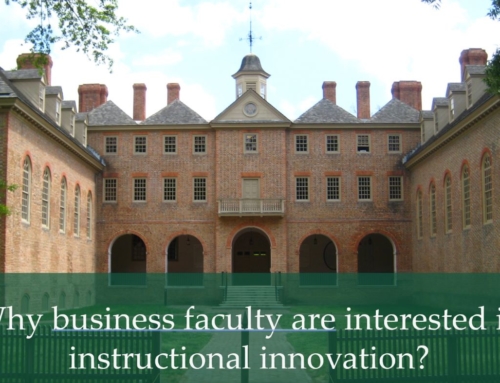Recently, I have been re-reading a classic in business management – The Innovator’s Dilemma by Clayton Christensen. Over 20 years later, this book’s principles continue to be timely words of insight and wisdom.
Rather than let some of these thoughts go, I thought it might be helpful to consolidate a few of my reflections here and share 3 insights on why pursing innovative paths can fail.
1. Innovative paths are often hindered not by failed leadership and management but hindered by highly effective leadership and management. Good management, seeking to serve its existing customers and brand values, is often the reason that top firms fail to exhibit leadership with disruptive innovations. It is a false perception to think that “bad” leadership is the reason for failure to innovate. Instead, the problem is often “good” leadership.
2. Innovative paths are often most successful within established firms when set up as autonomous arms of the organization. The history of business innovation in a wide variety of industries has proven this to be true – data storage, computers, steel, farm engineering, retail, higher education, etc. When deciding to pursue a disruptive technology, most organizations will be most successful setting up an autonomous organization changed with building and pursuing the new business.
With few exceptions, the only instances in which mainstream firms have successfully established a timely position in a disruptive technology were those in which the firm’s managers set up an autonomous organization charged with building a new and independent business around the disruptive technology.
3. Innovative paths fail when leaders fail to appropriately align their organizations resources to invest in the new autonomous organization. Established organizations are established for a reason, and their good leaders know how to align their resources toward those established aims. However, those very skills and abilities often work against the “risky” investment needed to pursue innovation…or they do not promise enough initial, guaranteed return to warrant the startup…or they confront established values that are threatened by innovation. But to successfully pursue an innovative path, the new, autonomous organization needs the appropriate human and financial resources to pursue the new technological-empowered aims.






